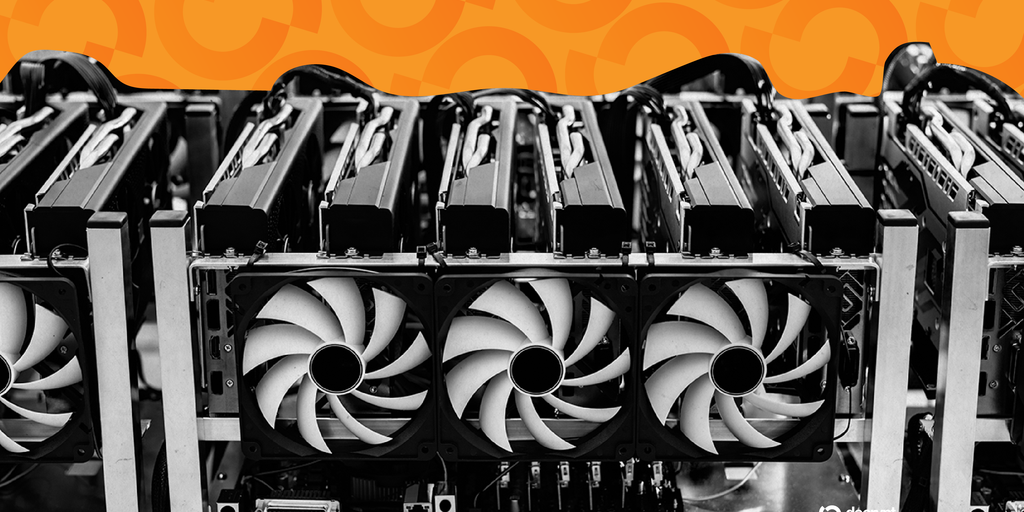Introduction to Decentralized Finance (DeFi)
Decentralized Finance, commonly known as DeFi, represents a transformative shift in the way financial services are structured and delivered. Built on blockchain technology, DeFi leverages smart contracts to create open, permissionless, and transparent financial systems that operate without traditional intermediaries like banks or brokers. This innovative financial paradigm aims to democratize access to financial products, reduce costs, and improve efficiency globally.
The rise of DeFi has been catalyzed by the maturation of blockchain platforms such as Ethereum, which provide robust ecosystems for decentralized applications (dApps). The DeFi movement is not just an incremental improvement but a fundamental rethinking of finance that holds the potential to redefine how individuals and institutions interact with money and assets.
Key Drivers Behind DeFi's Growth
Blockchain Technology and Smart Contracts
At the core of DeFi’s growth lies blockchain technology, which ensures data integrity, transparency, and security. Smart contracts automate the execution of agreements without human intervention, reducing counterparty risk and operational delays. These features are instrumental in enabling a vast array of services such as decentralized exchanges (DEXs), lending platforms, stablecoins, and yield farming.
Increased Accessibility and Financial Inclusion
DeFi platforms are accessible to anyone with an internet connection, breaking down barriers that exclude large portions of the global population from traditional financial services. This inclusion is particularly impactful in regions with underdeveloped banking infrastructure, unlocking new economic opportunities and empowering users worldwide.
Market Demand for Transparent and Trustless Systems
In the wake of financial scandals and systemic failures, there is a growing demand for financial systems that provide verifiable transparency and reduce reliance on centralized authorities. DeFi’s open ledgers and permissionless architecture address these concerns by enabling users to verify transactions and maintain control over their assets.
Market Trends and Innovations in DeFi
Decentralized Exchanges (DEXs) Revolutionizing Trading
DEXs have garnered significant attention for their ability to facilitate peer-to-peer asset trading without intermediaries. Platforms like Uniswap and SushiSwap exemplify the rapid innovation in this space, offering liquidity pools and automated market-making mechanisms that enhance trading efficiency and reduce fees.
Lending and Borrowing Platforms
DeFi lending protocols such as Aave and Compound allow users to lend or borrow assets directly from the blockchain. Interest rates are determined algorithmically based on supply and demand, offering competitive yields for lenders and easy access to credit for borrowers without traditional credit checks.
Stablecoins and Their Role in DeFi Ecosystems
Stablecoins, cryptocurrencies pegged to fiat currencies like the US dollar, form the backbone of many DeFi activities due to their price stability. They facilitate seamless trading, lending, and payments within decentralized networks, mitigating the volatility often associated with crypto assets.
Innovations Beyond Finance: NFTs and Governance Tokens
Emerging trends such as non-fungible tokens (NFTs) and governance tokens have expanded the scope of DeFi. Governance tokens give holders voting rights on protocol upgrades, fostering decentralized decision-making. NFTs, while primarily known for digital art, are increasingly integrated into financial products, representing unique ownership or collateralized assets.
Challenges Facing the DeFi Ecosystem
Security Vulnerabilities and Smart Contract Risks
Despite its promise, DeFi faces significant security challenges. Smart contract bugs and vulnerabilities have resulted in multimillion-dollar hacks, shaking investor confidence. Continuous auditing and development of secure coding practices remain vital to safeguarding user funds.
Regulatory Ambiguity and Legal Considerations
Regulators worldwide are grappling with how to classify and oversee DeFi activities. The borderless and anonymous nature of these platforms complicates compliance with anti-money laundering (AML) and know-your-customer (KYC) regulations, posing risks but also opportunities for regulatory innovation.
Scalability and Network Congestion Issues
Many DeFi applications run on Ethereum, which can suffer from network congestion and high gas fees during periods of intense activity. The emergence of layer-2 scaling solutions and alternative blockchains promises to address these bottlenecks, but widespread adoption is still in progress.
Future Outlook: DeFi’s Potential to Reshape Finance
Looking ahead, DeFi is poised to continue its rapid growth and integration with traditional finance. Cross-chain interoperability, enhanced user interfaces, and regulatory clarity will play critical roles in broadening adoption. Institutional interest is burgeoning, signaling DeFi’s transition from a niche innovation to a mainstream financial ecosystem.
Moreover, the principles of decentralization and transparency championed by DeFi could inspire reforms in centralized financial institutions, driving hybrid models that combine the best of both worlds. As technology and regulatory frameworks evolve, DeFi offers a compelling vision for a more inclusive, efficient, and resilient global financial system.
Conclusion
Decentralized Finance stands at the forefront of financial innovation, challenging incumbent systems with blockchain-powered solutions that prioritize accessibility, transparency, and user control. While challenges persist, the momentum behind DeFi is undeniable, driven by continuous technological advancements and a growing user base.
For investors, developers, and regulators alike, understanding DeFi’s dynamics is essential to navigating the future of finance. This evolving landscape promises not just new ways to manage money but a profound transformation in how value is created, exchanged, and governed worldwide.
Stay informed and engaged with the latest trends in DeFi to capitalize on opportunities and contribute to shaping the next generation of financial systems.
